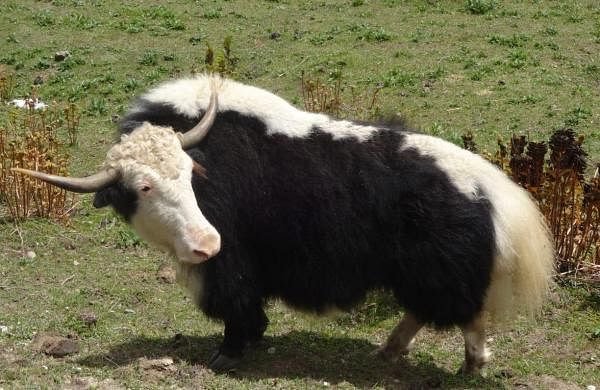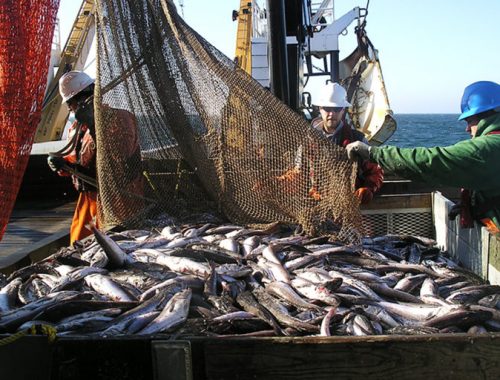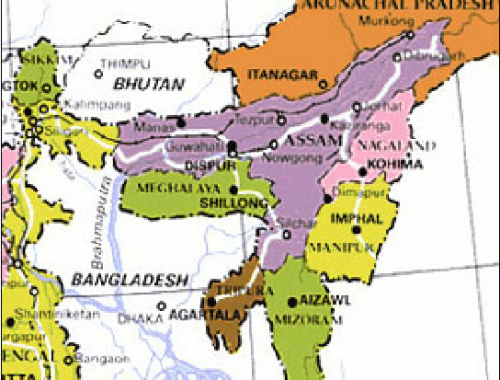Yak farming in Arunachal Pradesh gets a boost as banks chip in with credit supportPrasanta Mazumdar|
GUWAHATI: Yak farmers in the mountainous Arunachal Pradesh can now afford a smile, thanks to a novel initiative of the ICAR-National Research Centre.
Convinced by the proposal, banks have come forward, showing interest in giving loans to yak farmers as well as others willing to earn a livelihood through the farming of this bovine species.
The ICAR centre, based in Arunachal’s Dirang, described the approval of its proposal by the National Bank for Agriculture and Rural Development (NABARD), as ‘historic’.
“The credit plan vetted by NABARD was found to be feasible for credit support by the lead banks and has been included in the Potential Linked Credit Plans of Tawang, West Kameng and Shi Yomi districts of Arunachal,” the ICAR centre Director, Dr Mihir Sarkar told The New Indian Express.m
He was confident the support will promote yak husbandry and boost economic dividends for yak herders.
Dr Sarkar said anyone could avail the loan, to be given for anything related to yak farming, such as housing for the animal, its feed, treatment, procurement etc. He said an effort would be made to put in place this scheme in Ladakh where a regional centre on yak research had been approved.
He had conceptualised this scheme and submitted a proposal to NABARD which is the prime organisation in matters related to agricultural commodities. Anything that it says is binding on the banks, Dr Sarkar said.
Under the scheme, a yak farmer can avail a loan up to Rs 5.65 lakh.
“We are calling a meeting with banks in our region in November where we will discuss everything. There should be a low interest rate, a period of moratorium as well as subsidy,” Dr Sarkar said.
India has around 58,000 yaks, found on the heights of Arunachal, Sikkim, Himachal Pradesh and Ladakh. In Arunachal, their population is estimated to be around 24,000. They are found in Tawang, West Kameng and Shi Yomi districts.
As the animal is susceptible to harsh and inclement weather conditions due to climate change, diseases, attack by wild animals etc, the highlanders used to incur regular losses. But Dr Sarkar came to their rescue.
He played a key role in ensuring an insurance scheme for the animal. For the first time, the National Insurance Company Ltd a few months back had decided to insure the highly-valuable Himalayan cattle.
Yaks are one of the most prized animals of the Himalayan region due to their multifarious roles. They strengthen nutritional security through milk and meat, provide shelter and clothing through fibre and act as a “beast of burden” by carrying loads through hard trek.
The animal has intense socio-cultural importance for the pastoral rearing communities due to centuries-old transhumance practices. However, the past few decades witnessed an unprecedented decline in its population.
Although factors such as inbreeding, cross-hybridization and unscientific farming practices precipitated the worsening trend, disillusionment of the younger generation due to the hardships of yak rearing stands out as one of the prime reasons for mass desertions from the occupation and the consequent declining population.
“To promote sedentarization in yak farming, which entails rearing the animal at a particular location in mid-altitude regions and in a semi-intensive production system, the extension of credit support by banks is crucial to encourage scientific and remunerative yak farming,” Dr Sarkar added.




